INVISALIGN®
What Does Getting Invisalign® Involve?
Our Invisalign® dentist and team will take x-rays, pictures, and digital impressions of your teeth. From these images, we will map out a treatment plan, which includes the proposed movement of your teeth. This 3-D imaging technology is really detailed, and we’ll even be able to show you what your teeth will look like at each stage of treatment, not just the end! Since all of this is done before the Invisalign® aligners being fabricated, you will have a chance to actually see and assess the final result before committing to treatment.
What are Invisalign® Aligners Made Out Of?
The Invisalign® aligners are made of a smooth, comfortable, BPA-free plastic that won’t irritate your cheeks and gums as traditional metal braces can.
Simply wear your Invisalign® aligners as instructed, and remove them when you eat or brush and floss your teeth. As you wear each set of aligners, your teeth gently and gradually begin to move into place.
What is the Duration of Treatment?
Invisalign® treatment varies by the case. It’s important to realize that your actions can influence how quickly Invisalign will work. For the best results, Invisalign® aligners must be worn for 20 to 22 hours per day throughout your entire treatment. Keep up the discipline and you’ll soon see the results!
What Kind of Orthodontic Cases are Treatable with Invisalign®?
Invisalign can treat a number of dental concerns such as:
- Overly Crowded Teeth. Over-crowding of teeth can lead to plaque accumulation, tooth decay and an increased chance of gum disease and, of course, the teeth look crooked. Left untreated, overly crowded teeth can get worse over time. Crowding can be treated using this process.
- Spaced Teeth. Too much space between teeth can often be treated using Invisalign®. Spacing between teeth, not only looks unattractive but can lead to gum problems without the normal protection of the teeth, periodontal pockets that can accumulate plaque and generally increased risk of periodontal disease.
- Crossbite. Crossbite means that the upper and lower jaws are not properly aligned. This can lead to abnormal tooth wear and chipping, and periodontal problems including gum disease and bone loss. Again, this is a viable treatment option for crossbite, depending on your situation.
Call us or contact Bridgeland Dental Care to request your Complimentary Invisalign® Clear Aligners consultation today!




